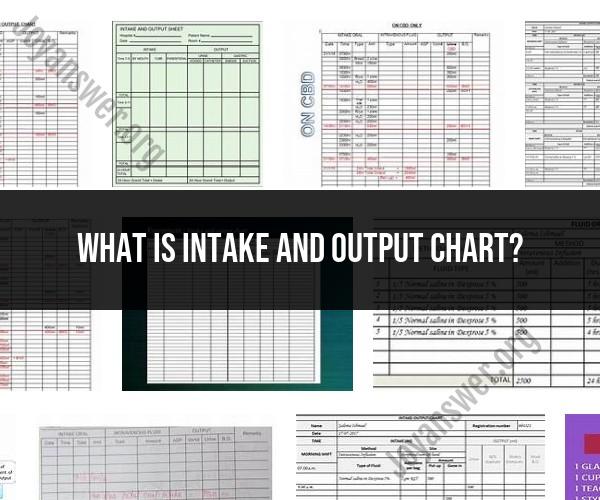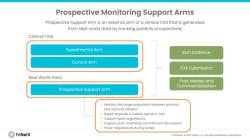What is intake and output chart?
An intake and output (I&O) chart, also known as a fluid balance chart, is a medical document used to monitor and record a patient's fluid intake and output over a specified period. It is a valuable tool for healthcare professionals, including nurses and doctors, to assess a patient's fluid balance, hydration status, and kidney function. The primary purpose of an I&O chart is to ensure that a patient's fluid intake and output are in balance, which is critical for overall health and recovery.
Here's how an intake and output chart typically works:
1. Intake: This section of the chart records all sources of fluid intake, including:
- Oral fluids: Such as water, juice, tea, and other beverages.
- Intravenous (IV) fluids: Administered through IV lines.
- Tube feedings: For patients who receive nutrition via a feeding tube.
- Medications: Liquid medications that contribute to fluid intake.
- Any other sources of fluid intake.
2. Output: This section of the chart records all sources of fluid output, including:
- Urine: The volume and characteristics (color, clarity) of urine are recorded.
- Emesis (vomiting): The amount and description of vomited material.
- Diarrhea: The frequency and volume of liquid stools.
- Drains or tubes: Fluid output from surgical drains or chest tubes, if applicable.
- Any other sources of fluid output.
3. Balance: The chart calculates the net fluid balance by subtracting the total output from the total intake. This figure indicates whether the patient is in positive, negative, or neutral fluid balance.
4. Assessment: Healthcare professionals use the I&O chart to assess a patient's hydration status and kidney function. Any significant deviations from normal fluid balance can be an early sign of potential health issues, such as dehydration, overhydration, or kidney dysfunction.
5. Treatment: Based on the information recorded on the I&O chart, healthcare providers can make informed decisions about adjusting fluid therapy, medications, or dietary interventions to maintain or restore a patient's fluid balance.
Intake and output charts are commonly used in hospital settings, especially for patients who are critically ill, post-surgery, or experiencing conditions that affect fluid balance. They provide an essential tool for monitoring patient health, ensuring adequate hydration, and preventing complications related to fluid imbalances. Additionally, I&O charts are crucial in tracking the effectiveness of treatment plans and making necessary adjustments to patient care.













